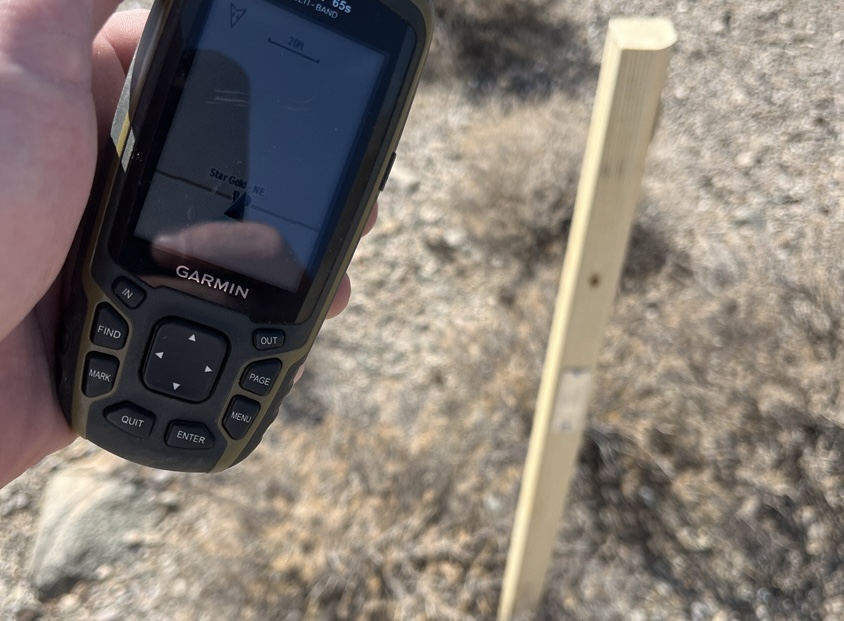What is a Mining Claim? Your Ultimate Guide to Understanding Mining Claims
If you’re interested in gold prospecting, mineral rights, or learning more about the mining industry, you may have come across the term “mining claim.” But what exactly is a mining claim, and why is it essential for those looking to extract valuable resources? In this article, we’ll answer the question, “What is a mining claim?” and delve into the types, processes, rights, and responsibilities associated with mining claims. Whether you’re a beginner or seasoned prospector, this guide will provide everything you need to know.
What is a Mining Claim?

A mining claim is a legal right that grants an individual or business the exclusive permission to explore for and extract specific minerals from a defined area of public land. This right, established under the General Mining Law of 1872, enables prospectors and mining companies to develop mineral resources on federal lands open to mineral entry. Think of a mining claim as a reserved spot for prospecting that prevents others from mining in your claimed area.
Types of Mining Claims: Lode Claims vs. Placer Claims
Mining claims in the United States come in two main types, each designed for different types of mineral deposits:
1. Lode Claims
Lode claims apply to mineral deposits that are found in solid rock, such as gold or copper veins in quartz or other rock formations. These claims are associated with hard rock mining and follow the vein’s direction, covering the mineral deposit in a linear shape. Each lode claim can be up to 1,500 feet long and 600 feet wide.
2. Placer Claims
Placer claims are for minerals found in loose materials, such as gold nuggets, sand, or gravel, typically deposited by water in stream beds or ancient river channels. Placer claims are popular for gold prospecting, where panning and sluicing are common. Unlike lode claims, which follow a vein, placer claims cover the surface area of the deposit. Individual placer claims can be up to 20 acres per person, with larger claims available for groups.
Patented vs. Unpatented Mining Claims
Mining claims fall into two classifications—patented and unpatented—each granting different levels of ownership.
- Unpatented Mining Claims
Most mining claims today are unpatented, meaning the claimant has the right to explore and extract minerals but does not own the land. The land remains federal property, but the claimant has exclusive mineral rights. Annual maintenance fees and compliance with federal regulations are required to keep an unpatented claim active. - Patented Mining Claims
A patented mining claim provides full ownership of the land and the mineral rights, effectively making the land private property. Patented claims were common before 1994, when the government ceased issuing new patents. Today, these claims are valuable as they offer ownership of both the land and the minerals.
How to Establish a Mining Claim

Setting up a mining claim involves several key steps. Here’s a simplified outline:
1. Research and Choose Your Location
Start by researching areas open to mineral entry. You can consult the Bureau of Land Management (BLM) to verify that the land is available and doesn’t already have active claims.
2. Mark the Boundaries
After selecting a location, mark your claim’s boundaries with stakes or markers. This step ensures that others can clearly see the claim area. Be sure to place a visible notice of location at the site.
3. File Your Claim
File the necessary documentation, including a location notice and a map of the claim, with both the county recorder’s office and the BLM. Make sure to adhere to filing deadlines to avoid any issues.
4. Maintain the Claim
Keeping a mining claim active requires ongoing maintenance. This typically involves performing annual assessment work (labor or improvements on the claim) or paying an annual maintenance fee. Failing to meet these requirements can lead to forfeiture.
Responsibilities of a Mining Claim Holder
Holding a mining claim comes with exclusive rights to extract minerals, but it also entails responsibilities:
1. Environmental Compliance
Mining activities are subject to environmental regulations. Claim holders may need permits for certain operations, especially if heavy equipment is involved. Minimizing land disturbance and protecting natural resources are essential.
2. Public Access on Unpatented Claims
If your claim is unpatented, you do not own the land, which means the public can access the land for non-mining activities. However, they are not allowed to interfere with mining operations or disturb your claim’s marked area.
3. Annual Assessment or Fees
Unpatented claims require annual labor (known as assessment work) or maintenance fees to remain active. This assessment work can involve improvements, such as clearing the area or performing preliminary excavation work.
Why Mining Claims Matter
Mining claims provide legal protection for prospectors and companies, allowing them to explore and extract minerals with security. Without a mining claim, others could potentially access and extract minerals from your site, making your investment in time and resources vulnerable.
For those looking to get into gold prospecting or mineral extraction, understanding mining claims is crucial. In states with rich mining histories, like Arizona and Nevada, staking a claim can be a profitable venture if done responsibly and in compliance with the law.
Is a Mining Claim Right for You?
For hobbyist prospectors and serious miners alike, a mining claim offers a legal framework to explore and extract minerals without the risk of interference. At Patriot Mining Claims, we offer a range of mining claims for sale, specializing in rich mineral areas that are perfect for gold prospecting. We’re here to guide you through the process, so you can start your mining adventure with confidence.
Check out our Arizona mining claims for sale and take the first step in your mining journey.



